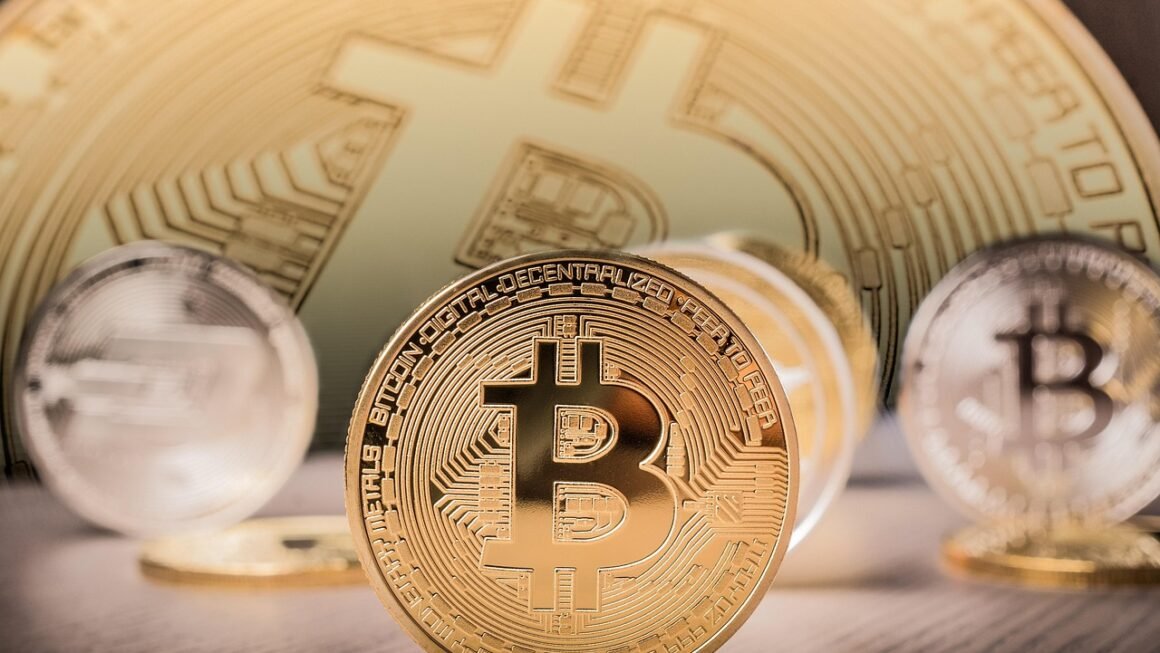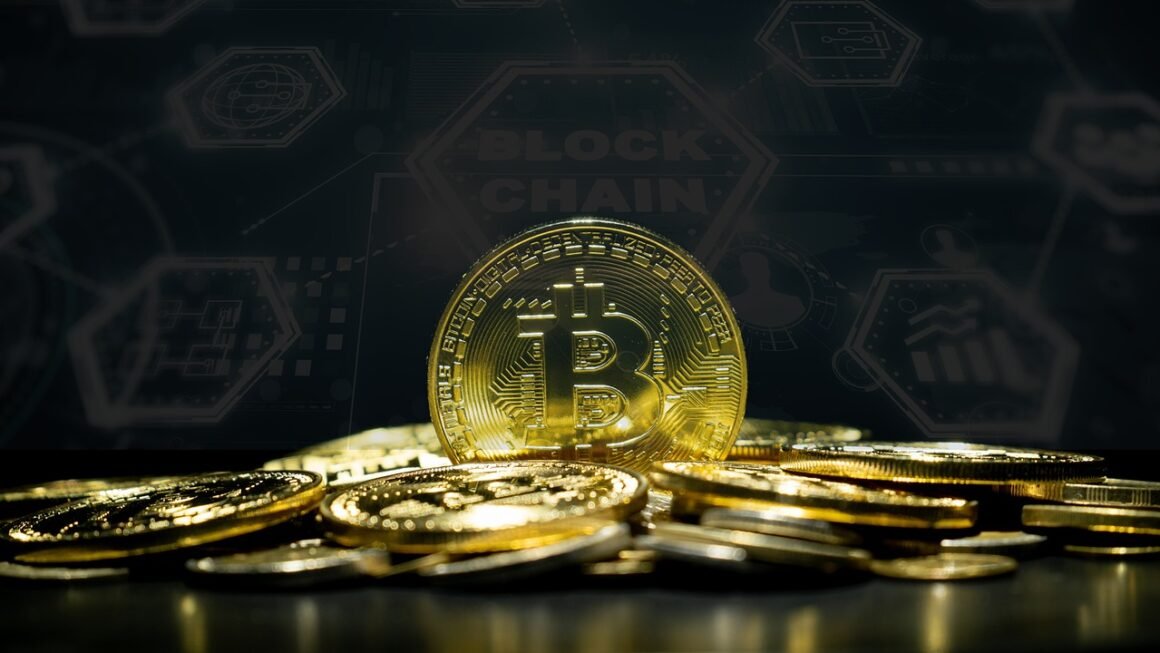Liquidity pools are the backbone of decentralized finance (DeFi), enabling seamless trading and earning opportunities in a permissionless environment. They’ve revolutionized how cryptocurrencies are exchanged, moving away from traditional order book models to automated market makers (AMMs). Understanding how liquidity pools function is crucial for anyone looking to participate in the DeFi revolution. This post delves into the intricacies of liquidity pools, explaining their mechanics, benefits, risks, and practical applications.
What are Liquidity Pools?
The Basics of Liquidity Pools
A liquidity pool is a collection of tokens locked in a smart contract that facilitates trading and lending on decentralized exchanges (DEXs). Unlike traditional exchanges that rely on order books to match buyers and sellers, DEXs using liquidity pools employ an Automated Market Maker (AMM) mechanism.
Think of it as a digital vending machine for cryptocurrencies. Instead of waiting for someone to sell you a specific token, you can instantly swap one token for another within the pool, based on the predetermined ratio and algorithm.
How Liquidity Pools Work
Liquidity pools operate based on mathematical formulas that maintain a balance between the tokens in the pool. The most common formula is x * y = k, where:
xrepresents the amount of token A in the poolyrepresents the amount of token B in the poolkis a constant value that the pool aims to maintain
When a trade occurs, tokens are exchanged, and the ratio between them shifts. This shift affects the price of the tokens. Larger trades can cause more significant price slippage, while smaller trades have minimal impact.
Example: Consider a pool with 10 ETH and 30,000 USDT. The ratio is 3,000 USDT per ETH. If someone buys 1 ETH from the pool, the pool will have 11 ETH. To maintain the constant k, the amount of USDT needs to decrease proportionally, say to 27,272.73 USDT. This makes the new price approximately 2,479.34 USDT per ETH, demonstrating how trades affect the price.
The Role of Liquidity Providers (LPs)
Contributing to Liquidity Pools
Liquidity Providers (LPs) are users who contribute tokens to liquidity pools. They deposit an equivalent value of two or more tokens to the pool. In return, they receive LP tokens representing their share of the pool.
Benefits of Being a Liquidity Provider
- Earn Trading Fees: LPs earn a percentage of the trading fees generated by the pool. This is proportional to their share of the total liquidity.
- Exposure to New Projects: Providing liquidity can give early access to new tokens and projects, potentially leading to higher returns.
- Yield Farming Opportunities: LP tokens can be staked in yield farms to earn additional rewards, further increasing potential returns.
Risks of Being a Liquidity Provider
- Impermanent Loss (IL): IL occurs when the price of the tokens in the pool diverge from each other. The more significant the divergence, the greater the IL.
- Smart Contract Risks: Liquidity pools are susceptible to smart contract vulnerabilities, which could result in loss of funds.
- Volatility: High volatility can lead to increased Impermanent Loss and make it difficult to predict returns.
Practical Tip: Understanding Impermanent Loss is crucial. Use IL calculators to assess potential risks before providing liquidity to a pool. Start with smaller amounts to gain experience and understanding.
Different Types of Liquidity Pools
Stablecoin Pools
These pools typically consist of stablecoins pegged to a fiat currency like USD. They are designed to minimize volatility and Impermanent Loss.
Example: A USDT/USDC pool is used for efficient stablecoin swaps with minimal slippage.
Volatile Asset Pools
These pools contain assets with higher volatility, such as ETH/BTC or newly launched altcoins. They offer the potential for higher returns but also carry a greater risk of Impermanent Loss.
Example: An ETH/MATIC pool might offer higher yield rewards due to the volatility and demand for these assets.
Multi-Asset Pools
These pools contain more than two tokens, offering a diversified approach to liquidity provision. They can be more complex but also potentially reduce Impermanent Loss by spreading risk across multiple assets.
Example: A pool with ETH, BTC, and LINK allows users to provide liquidity with a mix of assets, reducing exposure to the volatility of any single token.
Concentrated Liquidity Pools
These pools allow LPs to specify a price range in which their liquidity is active. This can lead to higher capital efficiency and increased fee earnings, but requires careful management to avoid missing the active price range.
Example: Uniswap V3 introduced concentrated liquidity, enabling LPs to focus their capital on specific price intervals and earn significantly higher fees if trading occurs within their range.
How to Participate in Liquidity Pools
Choosing a Platform
Several platforms offer liquidity pool opportunities, including:
- Uniswap: A popular DEX known for its simplicity and wide range of pools.
- PancakeSwap: A DEX on the Binance Smart Chain with a focus on yield farming and lower fees.
- Balancer: A flexible platform that allows for customizable pool compositions.
- Curve: Specializes in stablecoin swaps, offering low slippage and minimal Impermanent Loss.
- Trader Joe: A popular DEX on the Avalanche blockchain
Steps to Provide Liquidity
- Choose a Pool: Research different pools and assess the potential risks and rewards. Consider the trading volume, APR, and the volatility of the tokens involved.
- Connect Your Wallet: Connect a compatible wallet like MetaMask, Trust Wallet, or Ledger to the chosen platform.
- Deposit Tokens: Deposit an equivalent value of the required tokens into the pool. Ensure you have enough of each token in your wallet.
- Receive LP Tokens: After depositing, you will receive LP tokens representing your share of the pool.
- Monitor Your Position: Regularly monitor your position to track earnings and manage the risk of Impermanent Loss.
Actionable Takeaway: Start with a small amount and experiment with different platforms and pool types. Diversify your liquidity provision across multiple pools to mitigate risks.
Understanding APR and APY
When evaluating liquidity pools, two important metrics to consider are Annual Percentage Rate (APR) and Annual Percentage Yield (APY). APR represents the annual return without compounding, while APY includes the effects of compounding. Always compare the two and understand the underlying fees for the network you are using as it will impact your yields.
The Future of Liquidity Pools
Innovations and Developments
Liquidity pools are constantly evolving, with new innovations aiming to improve efficiency and reduce risks:
- Dynamic Fees: Adjusting trading fees based on market volatility to better compensate LPs for Impermanent Loss.
- Insurance Protocols: Offering insurance against smart contract exploits and other unforeseen events.
- Improved Impermanent Loss Mitigation: Developing new strategies and algorithms to reduce the impact of IL.
- Cross-Chain Liquidity: Enabling liquidity to flow seamlessly across different blockchain networks.
The Impact on DeFi
Liquidity pools are pivotal for the continued growth and adoption of DeFi. They provide the infrastructure for decentralized trading, lending, and other financial services, empowering users with greater control and transparency. According to DeFiLlama, as of October 2024, the total value locked (TVL) in DeFi protocols is over $40 billion, a significant portion of which is attributed to liquidity pools. This number is expected to grow as DeFi matures and more users embrace decentralized finance.
Future Outlook: Liquidity pools will likely become more sophisticated, integrated, and accessible, driving further innovation and adoption within the DeFi ecosystem.
Conclusion
Liquidity pools have fundamentally changed the way cryptocurrencies are traded and managed. By understanding their mechanics, benefits, and risks, you can confidently participate in the DeFi revolution. Whether you’re a seasoned DeFi user or just starting, exploring liquidity pools can open up new opportunities for earning and engagement in the exciting world of decentralized finance. Remember to do your research, manage your risk, and stay informed about the latest developments in the space.



